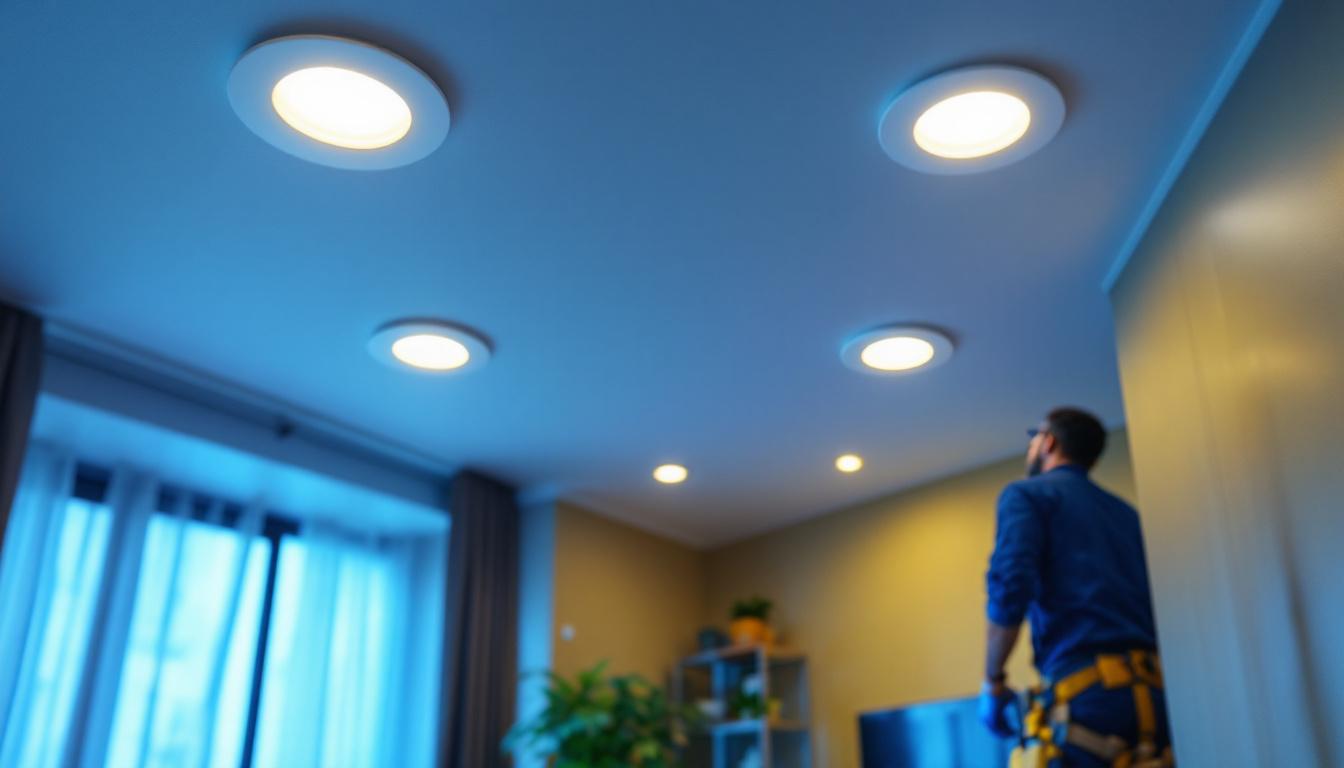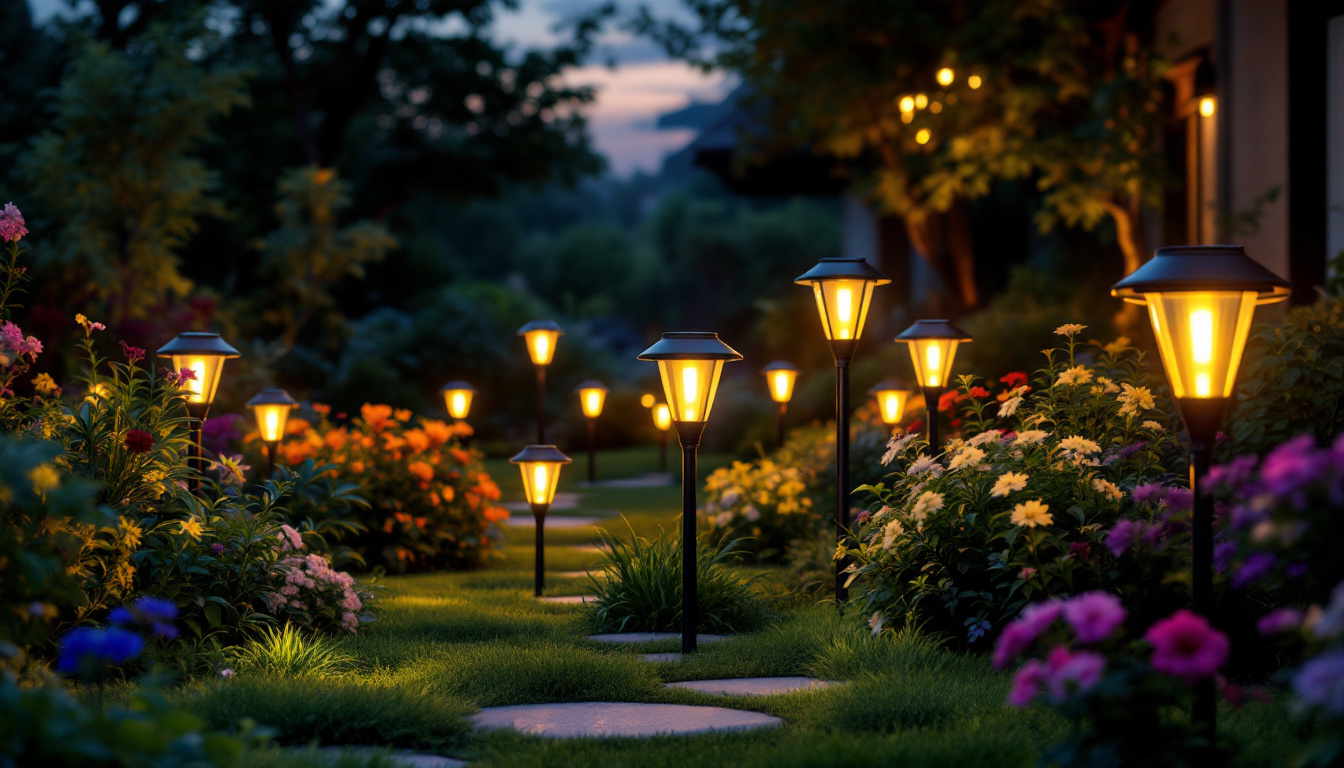
LED recessed lights have become increasingly popular in both residential and commercial settings. Their sleek design, energy efficiency, and versatility make them a preferred choice for many lighting projects. However, for lighting contractors, the installation of 4-inch LED recessed lights can present unique challenges. Understanding common pitfalls can significantly enhance the quality of work and client satisfaction.
This guide aims to highlight the mistakes often made when working with 4-inch LED recessed lights, providing insights that can help contractors avoid these issues and deliver exceptional results.
One of the most common challenges faced by contractors is the selection of the appropriate housing for the recessed lights. The housing must not only fit the dimensions of the ceiling but also accommodate the specific type of LED bulb being used. Additionally, factors such as insulation compatibility and the need for airtight construction can complicate the installation process. Choosing the wrong housing can lead to overheating, reduced efficiency, and even safety hazards, making it crucial for contractors to fully understand the specifications and requirements of the products they are working with.
Moreover, the placement of 4-inch LED recessed lights is another critical aspect that can significantly impact the overall lighting effect. Contractors often underestimate the importance of spacing and alignment, which can result in uneven lighting or shadows that detract from the aesthetic appeal of a space. Proper planning and consideration of the room’s layout, including furniture placement and ceiling height, can help ensure that the lights are installed in a way that maximizes their effectiveness. Techniques such as using a lighting design software or consulting with a lighting designer can provide valuable insights that lead to a more successful installation.
4-inch LED recessed lights are ideal for spaces where a subtle lighting effect is desired. Their compact size allows for installation in tight areas, making them perfect for kitchens, hallways, and bathrooms. Additionally, they provide ample illumination while minimizing glare, creating a comfortable environment. This versatility makes them a popular choice among homeowners and designers alike, as they can seamlessly blend into various decor styles without being obtrusive.
These lights are also energy-efficient, consuming significantly less power than traditional incandescent bulbs. This not only reduces energy costs but also contributes to a more sustainable approach to lighting design. Furthermore, many 4-inch LED recessed lights have a long lifespan, often lasting up to 25,000 hours or more, which means less frequent replacements and reduced waste. This longevity, combined with their low energy consumption, makes them an environmentally friendly option that appeals to eco-conscious consumers.
When selecting 4-inch LED recessed lights, several features should be taken into account. Dimming capabilities, color temperature, and beam angle are crucial elements that can affect the overall ambiance of a space. For instance, a warmer color temperature can create a cozy atmosphere, while cooler temperatures may be more suitable for task-oriented areas. Many modern LED recessed lights also offer adjustable color temperatures, allowing users to customize the lighting to suit their mood or activity, whether it’s a relaxing evening or an energetic morning.
Additionally, the beam angle will influence how light is distributed in a room. A narrow beam angle is ideal for accent lighting, while a wider angle is better for general illumination. Understanding these features allows contractors to tailor their lighting solutions to meet specific client needs. Moreover, considering the installation type—whether new construction or retrofit—can also play a significant role in the selection process. New construction fixtures often come with more robust housing options, while retrofit models are designed for easy installation into existing ceilings, providing flexibility for various renovation projects.
One of the most significant mistakes contractors make is failing to plan the layout effectively. Proper spacing and positioning of recessed lights are essential to achieve uniform illumination. A common rule of thumb is to space the lights about 4 to 6 feet apart, depending on the ceiling height and desired brightness.
Moreover, it’s crucial to consider the room’s layout and functionality. For example, in a kitchen, lights should be strategically placed over work areas to ensure adequate task lighting. Taking the time to plan the layout can prevent costly adjustments later on. Additionally, incorporating dimmer switches can enhance the versatility of the lighting, allowing homeowners to adjust the ambiance for different occasions. It’s also wise to consider the color temperature of the bulbs, as warmer tones can create a cozy atmosphere, while cooler tones are better suited for workspaces.
Ceiling height and type play a vital role in the effectiveness of recessed lighting. For instance, in rooms with higher ceilings, a 4-inch recessed light may not provide sufficient illumination unless paired with higher lumen output. Conversely, in lower ceilings, the placement of lights should be adjusted to avoid creating harsh shadows.
Additionally, the type of ceiling—whether it be drywall, plaster, or a drop ceiling—affects installation techniques. Contractors must ensure that the housing is compatible with the ceiling type to avoid complications during installation. It’s also worth noting that sloped ceilings may require special consideration, as the angle can impact how light is distributed. Using adjustable fixtures can help direct light where it’s needed most, enhancing the overall effectiveness of the lighting scheme.
Electrical considerations are paramount when installing recessed lights. Many contractors underestimate the importance of ensuring that the existing wiring can handle the load of new LED fixtures. It is essential to check the circuit capacity and make necessary adjustments to prevent tripping breakers or overheating.
Furthermore, using the correct gauge of wire and ensuring proper connections can prevent future electrical issues. Contractors should also be aware of local electrical codes and regulations to ensure compliance and safety. This includes understanding the requirements for insulation contact (IC) rated fixtures, which are necessary for installations in insulated ceilings. Properly addressing these electrical requirements not only enhances safety but also contributes to the longevity and efficiency of the lighting system, ultimately benefiting the homeowner in the long run.
Having the right tools is critical for a successful installation. A hole saw specifically designed for cutting recessed light openings can ensure clean cuts and reduce the risk of damaging surrounding materials. Additionally, a voltage tester is essential for confirming that the power is off before beginning installation.
Investing in quality tools not only enhances efficiency but also contributes to a professional finish. It is advisable to keep a well-stocked toolbox to handle various installation scenarios.
Each LED recessed light fixture comes with specific installation instructions provided by the manufacturer. Following these guidelines is crucial for ensuring optimal performance and longevity of the lights. This includes understanding the proper mounting techniques, wiring methods, and any specific requirements for dimming capabilities.
Contractors should also familiarize themselves with warranty details, as improper installation may void the warranty. Taking the time to adhere to manufacturer recommendations can save time and resources in the long run.
Before sealing up the installation, it is wise to test the lights to ensure they function correctly. This includes checking for flickering, dimming, or any inconsistencies in brightness. Testing also allows for adjustments to be made before the final installation is completed, ensuring that the client is satisfied with the results.
By conducting thorough tests, contractors can identify and rectify potential issues early, enhancing the overall quality of the project.
Effective communication with clients is essential throughout the installation process. Discussing the layout, lighting options, and any potential challenges can help set realistic expectations. Engaging clients in the decision-making process fosters trust and ensures that their vision is realized.
Additionally, providing clients with information about the benefits of LED recessed lighting, such as energy savings and longevity, can help them appreciate the value of the investment.
After installation, it is beneficial to provide clients with maintenance tips to ensure the longevity of their recessed lights. This may include advice on cleaning fixtures, replacing bulbs, and troubleshooting common issues. By empowering clients with knowledge, contractors can enhance satisfaction and encourage repeat business.
Furthermore, offering a follow-up service or check-in can demonstrate commitment to quality and customer care, solidifying a positive relationship with clients.
The lighting industry is constantly evolving, with new technologies and design trends emerging regularly. Staying informed about these changes can provide contractors with a competitive edge. This includes understanding advancements in LED technology, smart lighting solutions, and energy-efficient practices.
Participating in workshops, webinars, and industry events can facilitate continuous learning and professional development. By staying updated, contractors can offer innovative solutions that meet the evolving needs of clients.
Installing 4-inch LED recessed lights presents unique opportunities and challenges for lighting contractors. By avoiding common mistakes such as inadequate planning, ignoring electrical requirements, and overlooking ceiling types, contractors can ensure successful installations that meet client expectations.
Moreover, embracing best practices in installation, maintaining clear communication with clients, and staying informed about industry trends can significantly enhance the quality of work and client satisfaction. With the right approach, contractors can navigate the complexities of LED recessed lighting and deliver exceptional results that stand the test of time.
For further reading and resources on LED recessed lighting, consider exploring industry publications, manufacturer websites, and online forums dedicated to lighting design and installation. These resources can provide valuable insights and updates on the latest technologies and best practices in the field.
Ready to elevate your lighting projects with the highest quality 4-inch LED recessed lights? Look no further than LumenWholesale, where we offer an exceptional range of spec-grade lighting products at unbeatable wholesale prices. Say goodbye to local distributor markups and hello to superior lighting solutions that meet rigorous industry standards. With our hassle-free bulk buying and free shipping, you can trust that you’re getting premium lighting at the best value — all with the convenience you deserve. Don’t compromise on quality or cost. Visit LumenWholesale today and experience the ideal combination of quality, affordability, and convenience for your next lighting project.

Explore the crucial role of dimmable LED lights in modern lighting projects.

Explore how contemporary pendant lamps are reshaping the lighting industry and impacting contractors’ profitability.

Discover the essentials of outdoor solar garden lights compliance with our comprehensive guide for lighting contractors.

Discover the essentials of solar-powered garden lights and compliance standards that every lighting contractor should know.